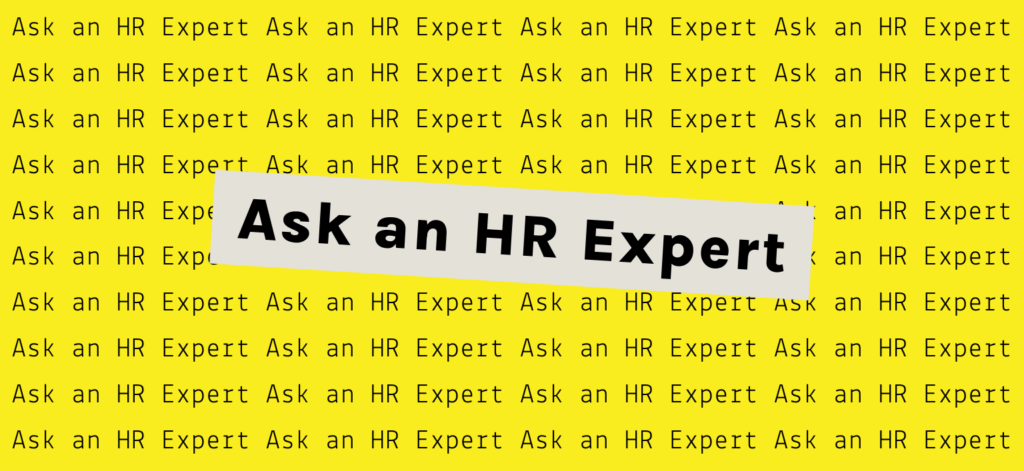Without the structure, routines, and social interactions of the office, a lot of newly-remote employees are feeling burned out. They’re tired of Zoom meetings, balancing work and family priorities, crouching over the kitchen table, and trying to keep motivated.
As an employer, you likely have many other concerns — shaky sales, uncertain reopening implications, and a looming recession being a few. However, ensuring that your employees are supported should remain a priority right now, maybe more than ever. They’re the reason you’ll be able to weather this pandemic and recover when the time comes — at least, they will be if they are not burnt out. Burnout is defined by the World Health Organization as “chronic workplace stress that has not been successfully managed,” and has become an increasing reality for many employees.
Employee engagement, which is one of the main ways employers try to combat burnout, is a meaty subject — in fact, at many larger companies, it’s an entire job or department. We’ve condensed it here to include four small things you can do to support your employees as they navigate a new remote work environment:
1. Set explicit boundaries as managers.
Because of the fragmented reality of working from home with family and the ease of checking in (and being checked on) all the time, many employees don’t really feel like they’re ever “off.” They’re responding to emails and calls after hours, on the weekends, and during traditional breaks. It’s important that managers set some boundaries, as employees will be cuing in from their examples.
This might look like: forbidding responding to emails outside of certain hours (although still giving employees the flexibility to work and send emails when they need to), honoring lunch breaks and the end of the day by not scheduling meetings during these times, asking employees to take their vacation days (and take them yourself!), and putting time limits on work, even for exempt employees.
There is a deep field of research on the need to take breaks — and lack of rest is a known cause of burnout — so make sure you and your employees are getting the chance to rest and recharge. If employees see their managers making an active effort to take breaks and set boundaries, they’ll feel much more empowered to do the same.
2. On the flip-side, embrace flexibility.
The 40-hour workweek is a relic from the days of industrial manufacturing. Now, most work can be done pretty much anytime and much of it can be done anywhere. So when syncing up in the office isn’t a main concern, why not give your employees as much autonomy as possible?
One of the main causes of burnout is an employee’s lack of control over how and where their work gets done. To combat this, trust your employees to do their work and look at the product rather than how it was produced.
It’s possible to require some overlap in time for team communication and still manage for performance (just maybe based on output rather than time at the desk). But flexibility is key.
3. Provide ergonomic and technical support.
Most employees don’t have the luxury of home office set-ups, and have been forced to make do in spaces that weren’t made for 8+ hour days on the computer, or sharing office space with partners, roommates, pets, or kids. They’ve also been required to learn or double down on software like Zoom, Slack, Basecamp, and more to do their jobs remotely. They’re tired of staring at the screen, dealing with technology glitches, and being sore when working from home.
Although it’s been a few months, this is a great time to check in and see how things might be improved. Are the programs that you’ve been using working out? How is employee access? Are they getting bogged down by slow connection speeds and single screens? Could their workspace be improved with a new keyboard, mouse, chair, or standing desk? Could they borrow anything from the office to make the set-up more comfortable and sustainable? Do they have reliable and responsive tech support? It’s important to respond to these questions and provide employees what they need to feel supported.
4. Let your employees bring their full selves to work.
There is a lot of heaviness in the world right now — we’re going through a pandemic, a racial justice movement, a climate crisis and wildfires. It’s traumatic. In fact, one super viral article even described the emotional process we’re going through right now as grief. It’s unrealistic to expect your employees to leave their feelings offline, especially when work and home are now taking place in the same spaces.
This isn’t actually a simple fix, but make sure you’re providing an atmosphere where employees can talk about what they’re feeling, or feel like they can bring emotions to work without being penalized. Ask your employees generally how they’re feeling, or have an anonymous way to ask the group about any ideas for support. You can also alert them to any benefits offered in your health plan, like an EAP or mental health services. Leadership should bring up topics like mental health care and how they are feeling too. Perhaps even provide trainings on coping with stress or access to apps like Headspace to encourage meditation.
Leadership should also, to any extent possible, be transparent with their employees about where the company is headed. People are stressed by uncertainty. Let employees know what the plans are, why you’re choosing that course of action, and what will likely happen next. Having a larger plan and context, no matter how tenuous, can help many people engage more with their work.
These are not easy times to navigate, but a focus on employee engagement and taking steps to prevent burnout will pay off in dividends. We can’t control the course of the pandemic, racial justice movement, or recession, but we can control how our employees experience work, and make it better for everyone.
If you’re looking for other pandemic-specific advice, we have resources for remote onboarding and choosing a videoconferencing platform.




